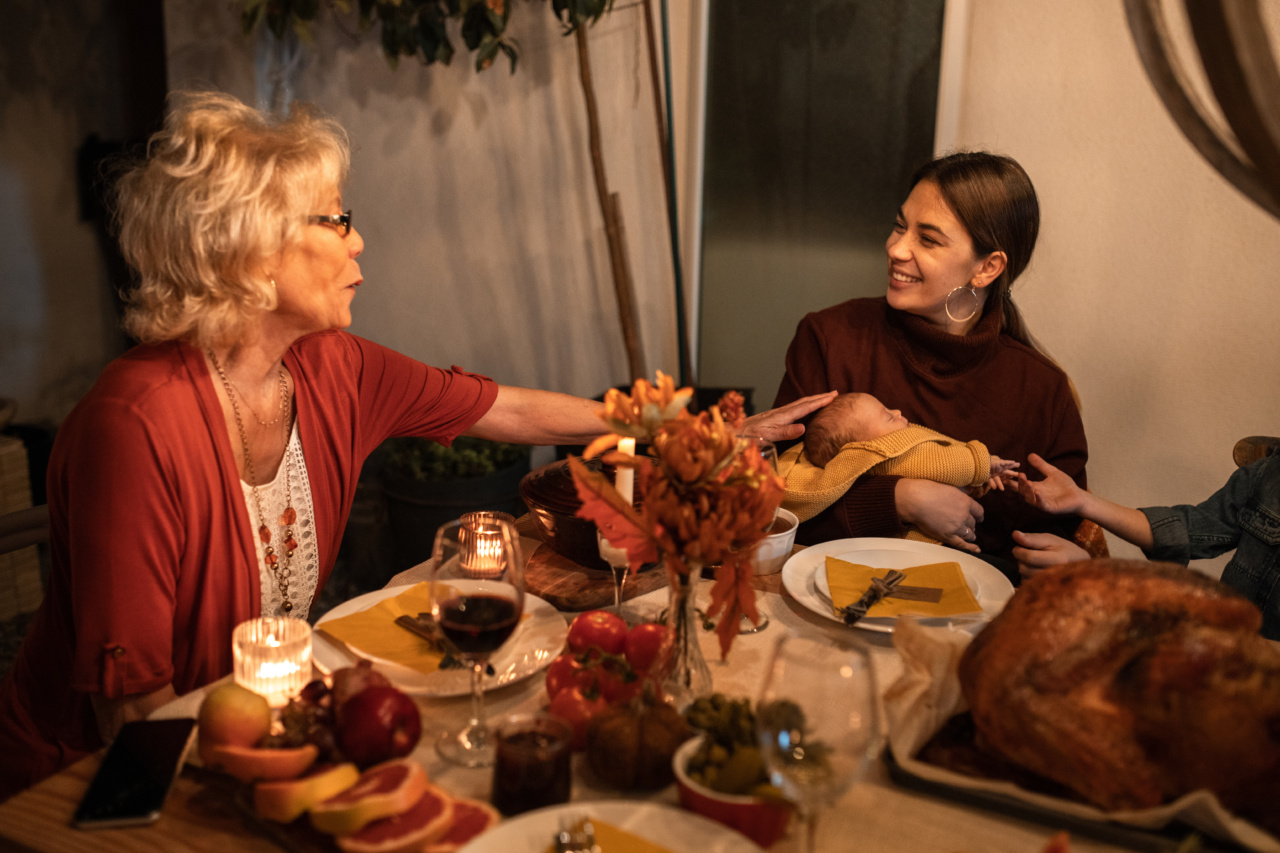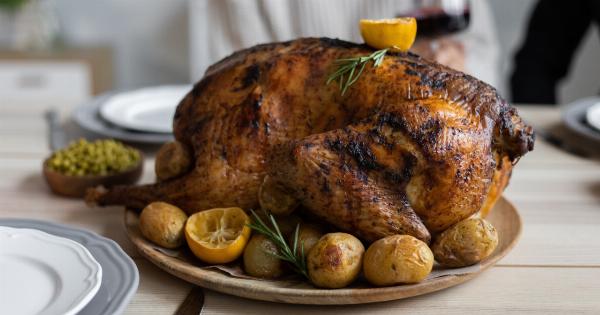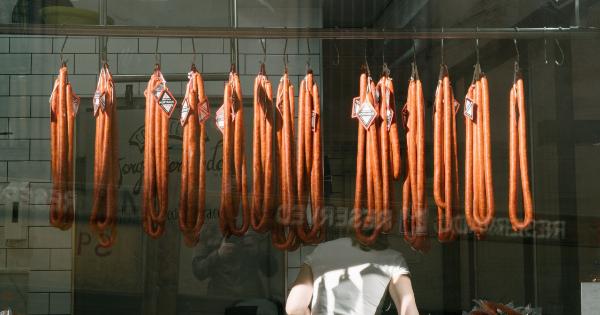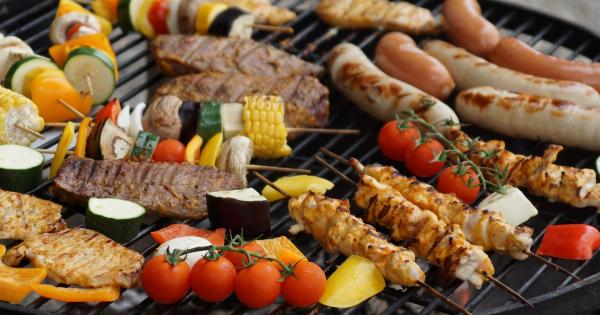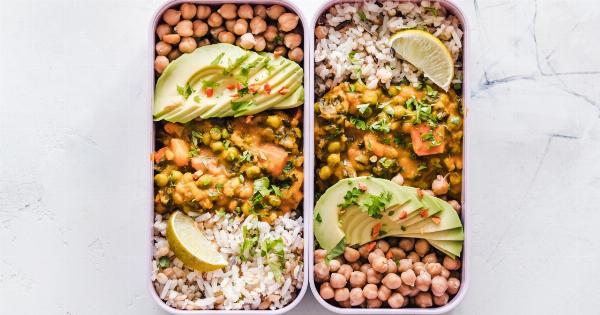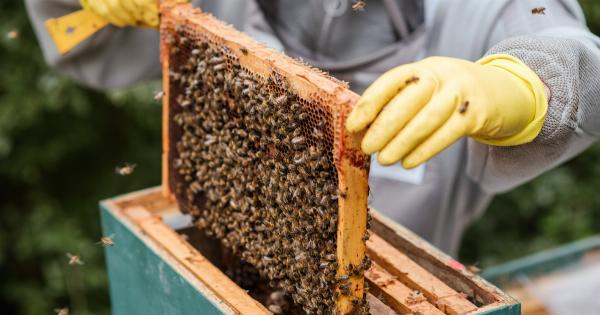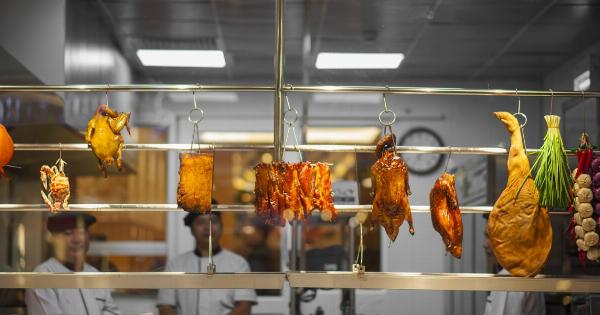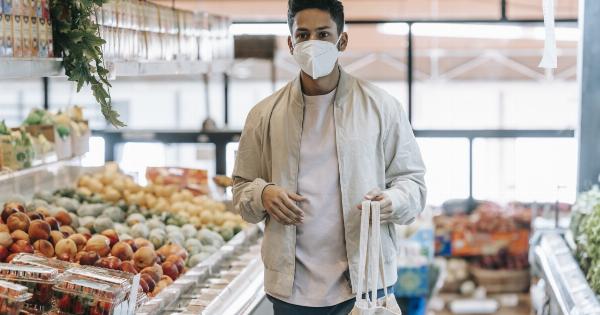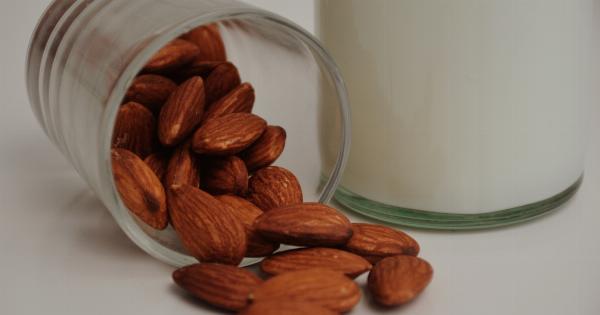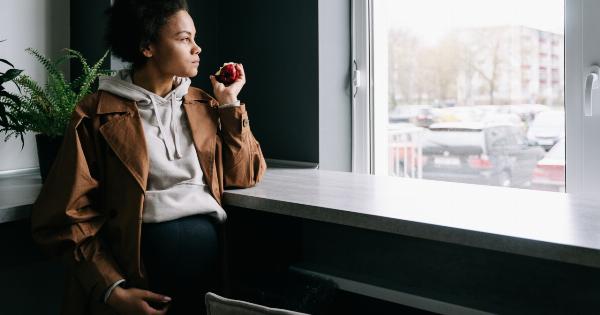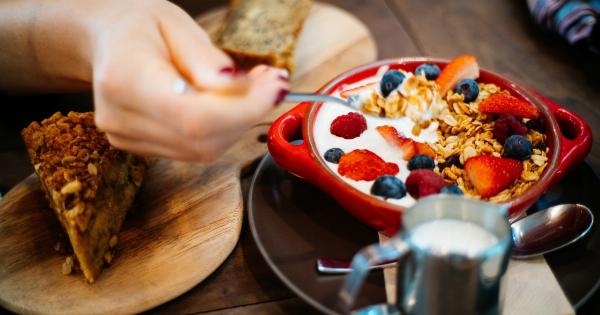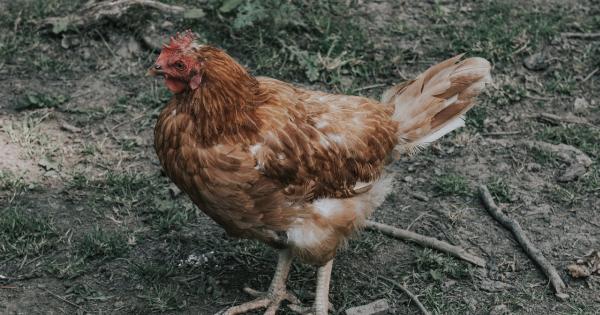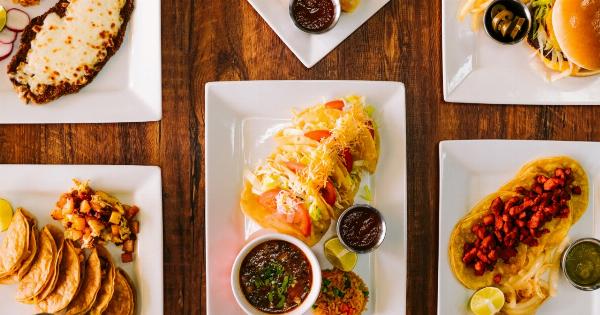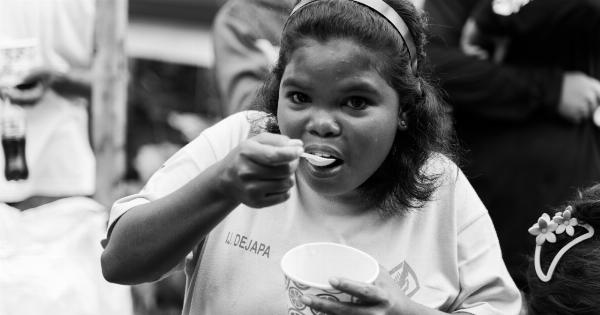Thanksgiving is a time for family gatherings, delicious food, and expressing gratitude. A centerpiece of this festive occasion is often a succulent roasted turkey, cooked to perfection and enjoyed by all.
However, amidst the joy and celebration, it is crucial to understand the importance of handling and storing turkey properly to avoid the risk of food poisoning. Time plays a critical role in ensuring the safety of your turkey and the health of your loved ones.
Understanding Food Poisoning
Food poisoning, also known as foodborne illness, occurs when food contaminated with harmful microorganisms or their toxins is consumed.
The symptoms may include nausea, vomiting, diarrhea, stomach cramps, and in severe cases, even hospitalization or death. Turkey, a popular choice for Thanksgiving, carries a higher risk of causing food poisoning due to its size, handling requirements, and cooking methods.
The Danger of Salmonella
One of the most common causes of foodborne illness related to turkey is the bacterium known as Salmonella. Salmonella can be present in raw poultry, including turkeys, and if not handled properly, it can cause severe illness.
The Centers for Disease Control and Prevention (CDC) estimates that Salmonella causes around 1.35 million infections, 26,500 hospitalizations, and 420 deaths annually in the United States alone. Therefore, it is crucial to prioritize food safety to minimize the risk of contamination.
The Importance of Proper Handling
Proper handling of turkey starts from the moment you purchase it. Make sure to buy your turkey from a reputable source and check its expiration date. It is essential to store the turkey in the refrigerator below 40°F (4°C) to prevent bacterial growth.
Remember to place the turkey on a tray or in a container to catch any potential drippings that could contaminate other foods.
When handling raw turkey, it is vital to follow good hygiene practices. Wash your hands thoroughly before and after touching the turkey to prevent cross-contamination.
Use separate cutting boards, utensils, and plates for raw meat and other foods to avoid the spread of bacteria. Sanitize any surfaces that come into contact with raw turkey to eliminate potential contamination.
Thawing Methods for Turkey
Thawing is a crucial step in turkey preparation, as improper thawing can lead to bacterial growth. The safest way to thaw a turkey is in the refrigerator.
Plan ahead, as this method requires approximately 24 hours for every 4-5 pounds (1.8-2.3 kilograms) of turkey. Place the turkey on a tray to catch any drippings, and ensure it is fully wrapped to prevent cross-contamination with other refrigerator contents.
If you are short on time, you can use the cold-water method to thaw your turkey. Submerge the turkey in its original packaging in a sink or container filled with cold water. Change the water every 30 minutes to maintain a cold temperature.
It is essential to cook the turkey immediately after thawing using this method to prevent bacterial growth.
Using a microwave to thaw a turkey is also an option for those in a hurry. Follow the manufacturer’s guidelines for thawing in the microwave, making sure to cook the turkey immediately after thawing.
Safe Cooking Temperatures
Cooking a turkey to the proper temperature is essential for destroying any harmful bacteria that may be present. The USDA recommends cooking a whole turkey to an internal temperature of 165°F (74°C).
Use a meat thermometer to measure the temperature, ensuring accuracy and safety.
Insert the thermometer into the thickest part of the turkey, avoiding contact with bones. Check the internal temperature in multiple areas, including the thigh, breast, and wing joint, to ensure uniform cooking throughout the bird.
Cook stuffing separately to guarantee it reaches a safe temperature. If stuffing the turkey, ensure the internal temperature of the stuffing also reaches 165°F (74°C).
Storage and Leftovers
After the meal, proper storage of leftover turkey is key to preventing food poisoning. Divide the leftovers into smaller portions and refrigerate them within two hours of cooking.
Store the turkey in shallow containers to expedite cooling and reduce the risk of bacterial growth.
Consuming refrigerated leftovers within 3-4 days is generally safe. However, if you cannot consume them within this timeframe, it is recommended to freeze the leftovers.
Frozen cooked turkey can be safely stored for 2-6 months, maintaining its quality and reducing the risk of spoilage.
Common Food Safety Mistakes to Avoid
When it comes to turkey and food poisoning, certain mistakes are frequently made. To keep your family safe, avoid the following common errors:.
- Leaving the turkey at room temperature for an extended time: Leaving the turkey at room temperature allows bacteria to multiply rapidly, increasing the risk of foodborne illness. Keep the turkey refrigerated until ready to cook.
- Undercooking the turkey: Cooking the turkey to a safe internal temperature is essential. Undercooking leaves the turkey vulnerable to harmful bacteria. Use a meat thermometer to ensure thorough cooking.
- Improperly handling leftovers: Mishandling leftover turkey can lead to bacterial growth and food poisoning. Store leftovers promptly and consume them within the recommended timeframe.
- Stuffing the turkey: While stuffing adds flavor, it also increases the cooking time and creates an environment for bacterial growth. Cook the stuffing separately to ensure its safety.
- Cross-contamination: Using the same utensils, cutting boards, or plates for raw turkey and other foods can spread harmful bacteria. Keep raw turkey separate from other ingredients to avoid cross-contamination.
Conclusion
When it comes to turkey and food poisoning, time plays a crucial role in ensuring food safety and preventing illness.
Properly handling, thawing, cooking, storing, and consuming turkey within recommended timeframes are essential steps in reducing the risk of foodborne illness. By following good hygiene practices and being mindful of food safety guidelines, you can enjoy a delicious and safe Thanksgiving meal with your loved ones.
